The chapel of St. Catherine is one of the magnificently constructed old chapels in Taleigao, which is 5 kms away from Panaji. This chapel is dedicated to St. Catherine and is built of laterite stones with a tower on either side of the church faade of St. Francis of Assisi. This is a small chapel which is in the interior of this church, and has a plain altar.
This chapel owes its origins to Alfonso De Albuquerque who built this church when he took possession of Goan territory on St. Catherine’s Day in 1510. This was later rebuilt in 1552 over the existing remains of the earlier structure and was enlarged by the then Governor, George Cabral who inscribed a stone slab inscripting the entry of Alfonso De Albuquerque who captured Goa from the Muslim rulers on St. Catherine’s Day in 1510 and thus built this chapel.
It is located west of the church of St. Francis of Assisi. The status of this chapel was later elevated to that of a Cathedral by Pope Paul III owing to a Papal Bill passed in 1534 A.D.
Chapel of St Catherine is a 16th century historic chapel that was built over a Cathedral in 1552 on the orders of Afonso de Albuquerque after the Portuguese conquered the state. Located in Old Goa, it is a UNESCO World Heritage Site. The splendid Renaissance architecture in laterite and limestone is adorned by paintings and artworks that draw tourists every year.
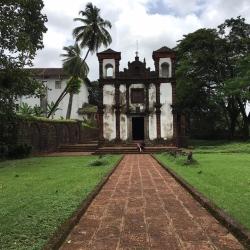
Another one of UNESCO World Heritage Sites in Old Goa, this small and elegant chapel, though now dysfunctional, is of immense significance to Portuguese history in India. This elegant chapel faces Mandovi River and is just a short walk from the Archaeological Museum and Portrait Gallery. Unlike most other pure white structures in Goa, this chapel is characterized by a brown and white facade. As a visitor, it would be interesting to note that the Se Cathedral, the Church of St. Francis of Assisi, the Archaeological Museum and Portrait Gallery and the Chapel of St. Catherine, stretching from the east to the west (in that order) are situated in the same compound maintained by the ASI. The compound also has an open-air cafeteria, offering refreshments, to the south of the Se Cathedral. Depending on your interest, you may spend anywhere between two to six hours to see this complex.
At a distance of 9 km from Panjim Kadamba Bus Stand, 27 km from Vasco Da Gama Railway Station and 23 km from Mapusa, The Chapel of St. Catherine is situated in Old Goa part of North Goa. This place is part of UNESCO World Heritage Site (Churches & Convents of Goa).
The Chapel of St. Catherine is located in the west of St. Francis of Assisi Church and is dedicated to St. Catherine. It was built by Alfanso De Albuquerque in 1510 when he defeated the local Muslim ruler Adil Shah on St. Catherine’s Day that is 25th November 1510. In 1534 the chapel was granted cathedral status by Pope Paul III. It was enlarged in 1550 by the Portuguese Governor George Cabral and rebuilt in 1952 using laterite blocks.
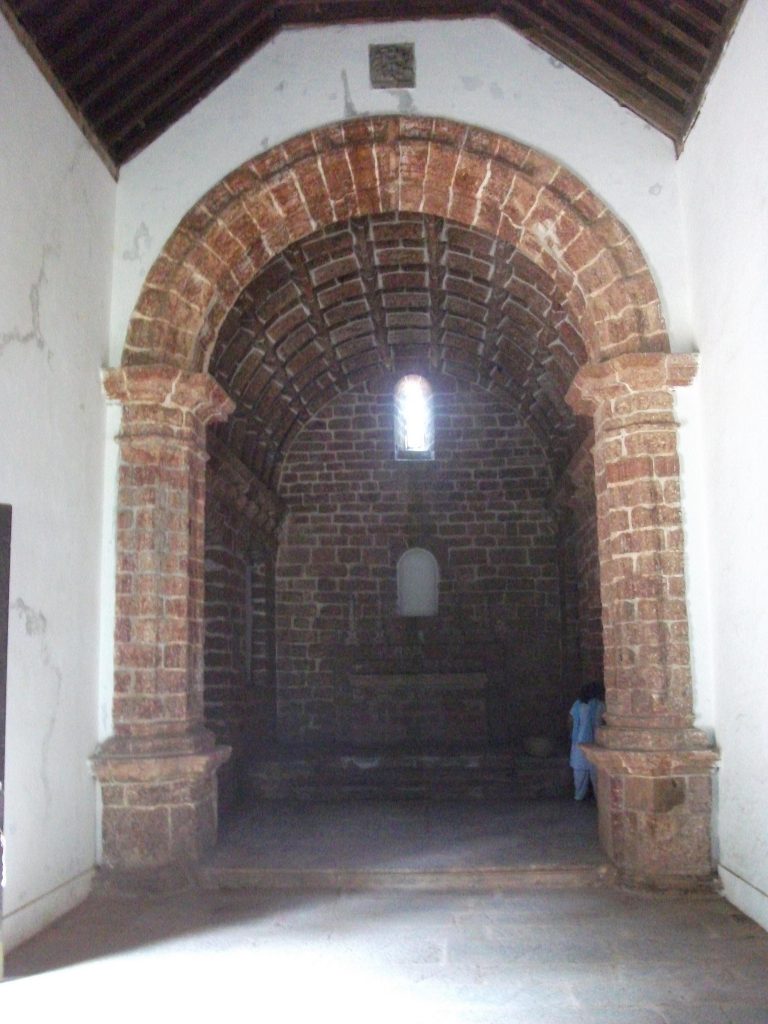
The Chapel was built in Renaissance style architecture. The Chapel with a pale yellow exterior is built with laterite stones and plaster with lime mortar and has a tower on either side. The Chapel interior has only one altar which is plain. On one side of the Chapel is a stone inscription in Portuguese. The Chapel has rectangular window panes of the Old Portuguese style dressed in mica shells. As you enter the chapel, you will see a statue of Our Lady. There is also a beautiful altar dedicated to St. Catherine upon which stands another statue of Our Lady of Peity. It houses a beautifully gilded altar, various artworks, paintings depicting the story of St Catherine of Alexandria and an art gallery.
History, Construction and Architecture
The construction of Se Cathedral in Goa started in 1562 and ended in 1652. The hundred years spent on this construction, have indeed been well worth it, as the proud cathedral still stands tall and almost unblemished today. Built on a raised laterite plinth and covered in lime plaster, this cathedral measures 250 feet (76 m) in length, 181 feet (55 m) in breadth whilst its frontispiece stands 115 feet (35 m) high.
The construction began during the reign of King Dom Sebastiao, under the administration of the Archbishops of Goa and the ensuing rulers were charged with completing it using the monies from the Royal Treasury. It was substantially completed by 1619 but the main altars were not erected until 1652, however, it was consecrated in 1640.
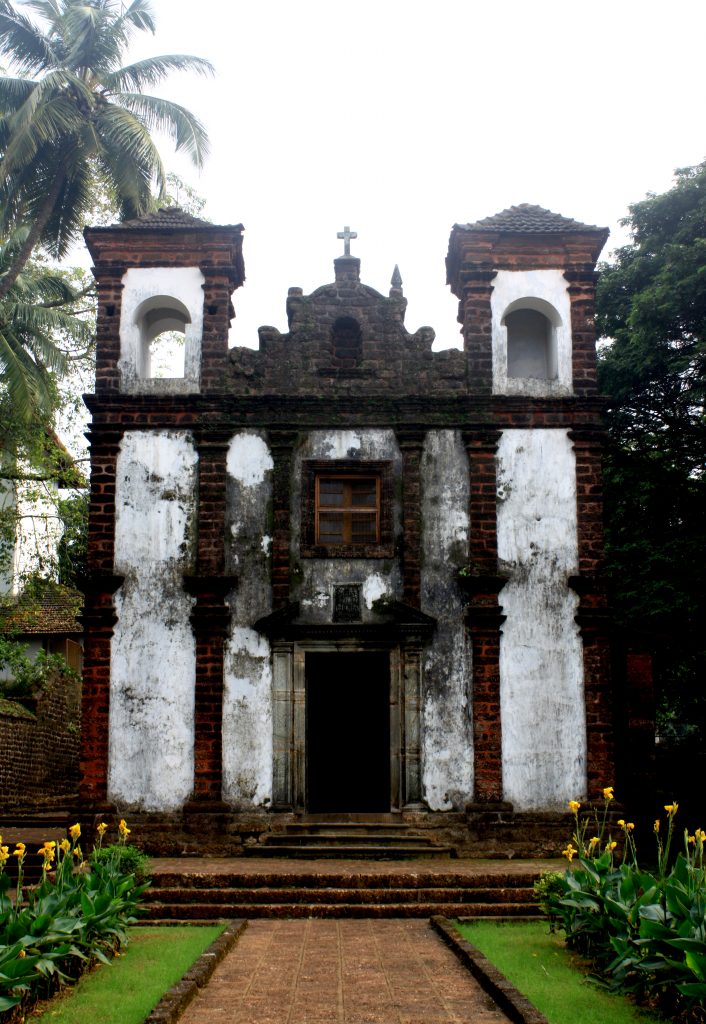
The Se Cathedral is built in the Portuguese-Manueline style. This sumptuous, composite style of architecture was extremely popular in the late 16th Century. It combine elements of Late Gothic architecture with the Spanish Plateresque style, Mudejar, Flemish architecture and Italian Urban design. The exterior of this great cathedral is of the Tuscan order of architecture, notable for its plainness and simplicity.



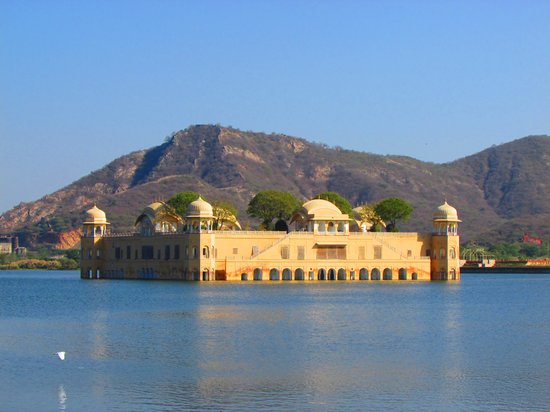
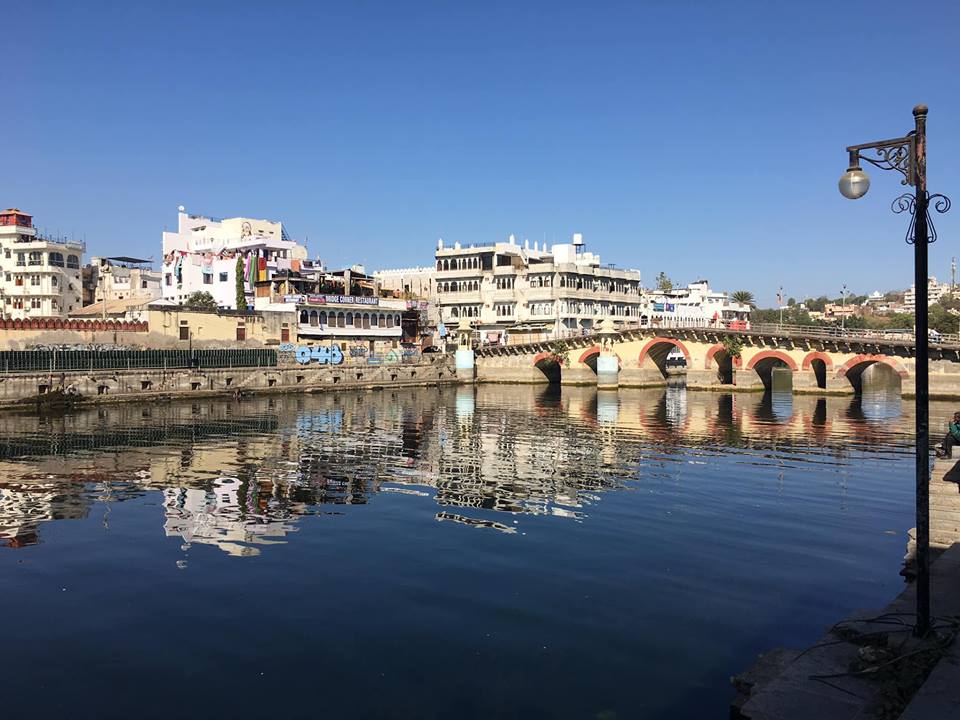
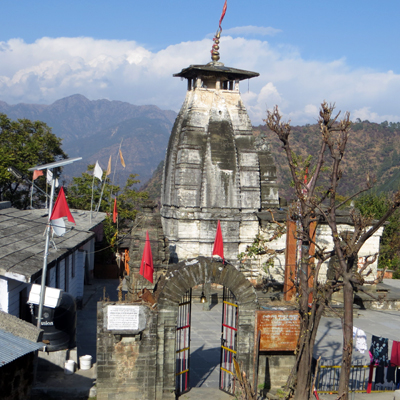

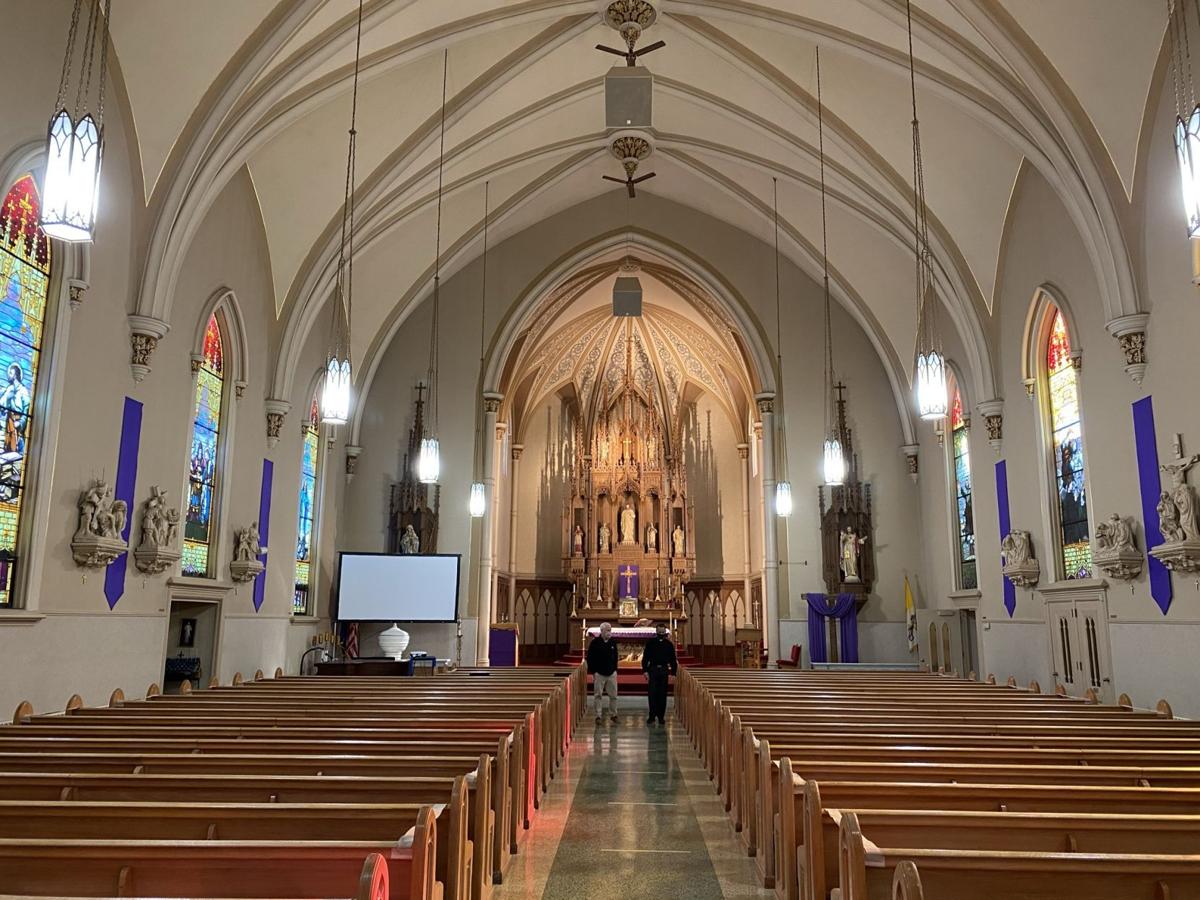

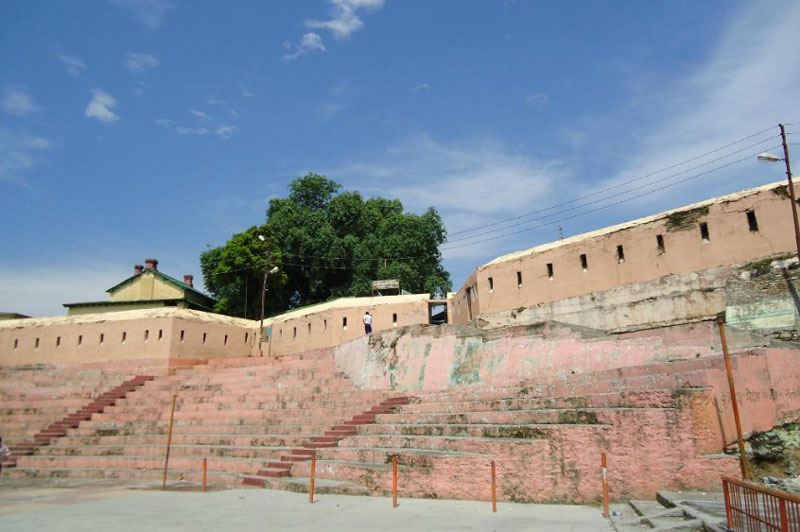



3 Comments
Comments are closed.